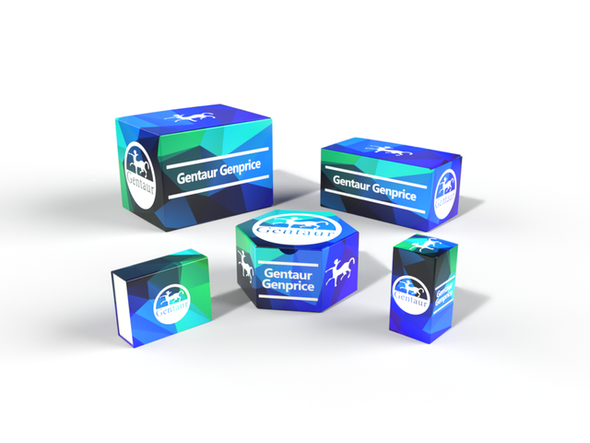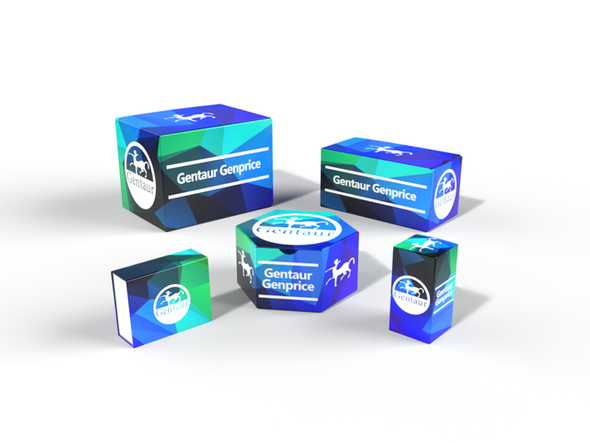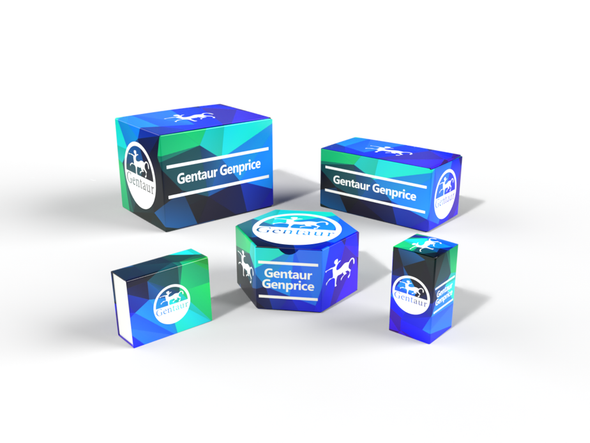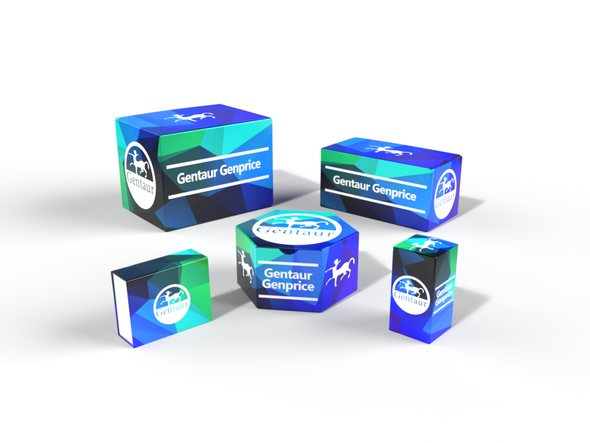Description
Leishmania spp. RT-PCR (CE) | N3-FRT is available for delivery
Real Time PCR kit for qualitative detection of Leishmania spp.
Storage & Shipping :
The kit can be shipped at 2-8°C for 3-4 days but should be stored at 2-8°C and -20°C immediately on receipt.
Leishmania spp. RT-PCR N3-FRT DataSheet
INTRODUCTION
Leishmaniasis is a parasitic disease that is found in parts of the tropics, subtropics, and southern Europe. It is classified as a Neglected Tropical Disease (NTD). Leishmaniasis is caused by infection with Leishmania parasites, which are spread by the bite of phlebotomine sand flies. There are several different forms of leishmaniasis in people. The most common forms are cutaneous leishmaniasis, which causes skin sores, and visceral leishmaniasis, which affects several internal organs (usually spleen, liver, and bone marrow).
Overall, infection in people is caused by more than 20 species (types) of Leishmania parasites, which are spread by about 30 species of phlebotomine sand flies.
The number of new cases per year is not known with certainty. For cutaneous leishmaniasis, estimates of the number of cases range from approximately 0.7 million to 1.2 million. For visceral leishmaniasis, estimates of the number of cases range from approximately 0.2 million to 0.4 million.
INTENDED USE
Kit Leishmania spp. Real-TM is a test for the qualitative detection of Leishmania spp. in the tissue specimens such as from skin sores (for cutaneous leishmaniasis) or from bone marrow (for visceral leishmaniasis).
PRINCIPLE OF ASSAY
Kit Leishmania spp. Real-TM is based on two major processes: isolation of DNA from specimens and Real Time amplification. Leishmania spp. DNA is extracted from the specimens, amplified using Real-Time amplification and detected by fluorescent reporter dye probes specific for Leishmania spp. DNA and Internal Control. Internal Control (IC) serves as an amplification control for each individually processed specimen and to identify possible reaction inhibition. IC is detected in a channel other than the Leishmania spp.










